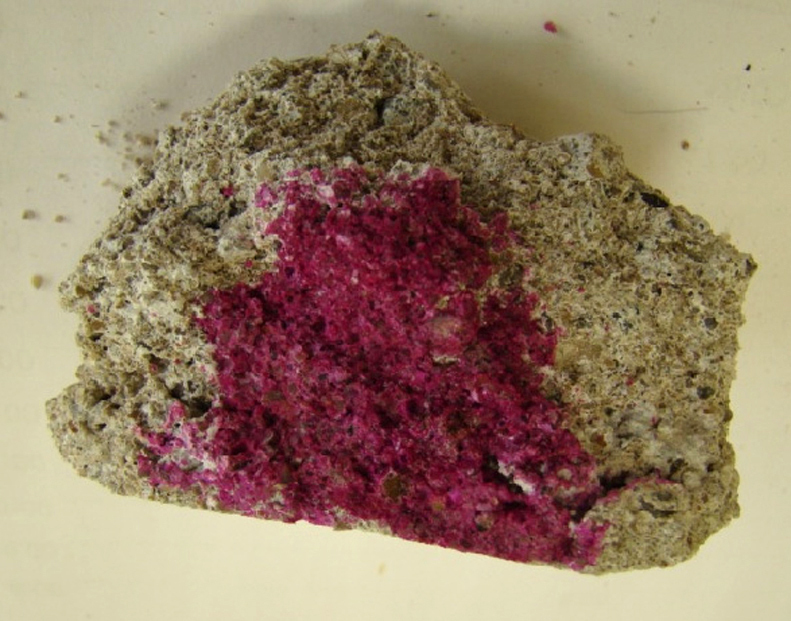Concrete degradation in an over 100-year-old drinking water treatment plant, a case of
lime leaching from the water retaining tanks
1
Wydział Inżynierii Lądowej i Transportu, Politechnika Poznanska, Poland
Submission date: 2024-08-26
Final revision date: 2024-10-20
Acceptance date: 2024-11-19
Publication date: 2025-09-16
Corresponding author
Józef Jasiczak
Wydział Inżynierii Lądowej i Transportu, Politechnika Poznanska, Piotrowo5, 60-965, Poznań, Poland
Wydział Inżynierii Lądowej i Transportu, Politechnika Poznanska, Piotrowo5, 60-965, Poznań, Poland
Archives of Civil Engineering 2025;71(3):539-556
KEYWORDS
TOPICS
ABSTRACT
In the years 1908-1909, a drinking water treatment station was built for the city of Poznan, which was then 196. 000, taking it from the Warta River. The plan dimensions are 65.5 × 21.5 m, and the height is 9.0 m above and 5.0 underground. It is a pearl of industrial architecture of the end of the century. In the underground part, a large-size reinforced concrete tank with a ribbed ceiling supported in the middle with reinforced concrete columns was constructed throughout the projection. In order to estimate the durability of the concrete, after several decades of influence of very high relative air humidity, it is very significant to check the changes in its microstructure, which influence its strength parameters. The SEM, EDS and XRD analyses were done. In the lower layers of the concrete a calcium hydroxide concentration is observed, which outside the barrier changes into the calcium carbonate. The migration of the Portlandite in the direction of the inside of the tank with very high relative air humidity (>95%) results from the mass diffusion caused by different concentration of the porous liquid in the outer and inner layers of the barriers. Those are very slow processes, that last tens of years during the exploitation of the tank. They are beneficial in terms of the gradual alkalinity increase, which protects the steel against corrosion, but they can be harmful due to a local increase of the porosity and the decrease of the concrete strength.
Share
RELATED ARTICLE
We process personal data collected when visiting the website. The function of obtaining information about users and their behavior is carried out by voluntarily entered information in forms and saving cookies in end devices. Data, including cookies, are used to provide services, improve the user experience and to analyze the traffic in accordance with the Privacy policy. Data are also collected and processed by Google Analytics tool (more).
You can change cookies settings in your browser. Restricted use of cookies in the browser configuration may affect some functionalities of the website.
You can change cookies settings in your browser. Restricted use of cookies in the browser configuration may affect some functionalities of the website.




